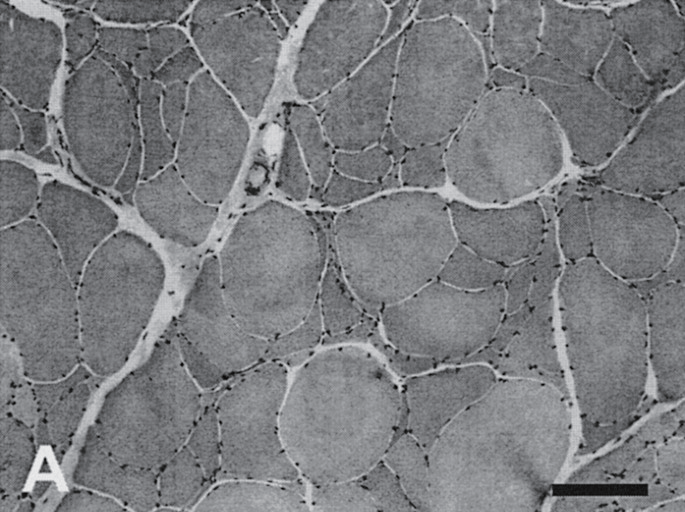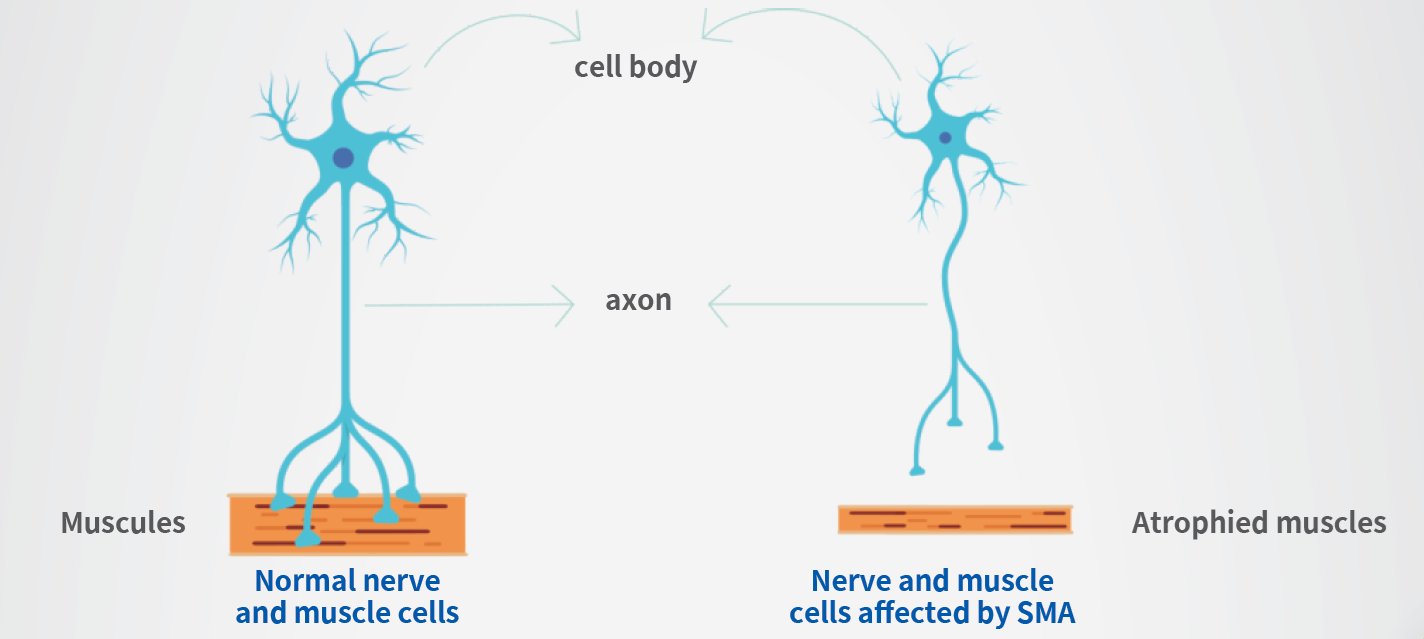Bioguard Corporation
Spinal muscular atrophy (SMA) an autosomally recessive inherited neurodegenerative disorder seen in Maine Coon cats. The disease is characterized by weakness and atrophy in muscles due to loss of motor neurons that control muscle movement. Affected cats first show signs of disease around 3–4 months of age. Clinical signs include tremors, abnormal posture, and weakness in muscle.
Pathogenesis
SMA in Maine Coon cat is caused by the deletion of a 140 kb LIX1 gene on the A1q chromosome. Although the function of LIX1 is not yet clear, it is presumed to be related to RNA metabolism. The LIX1 is highly expressed in the central nervous system, primarily in spinal motor neurons, thus offering explanation of the restriction of their function in case of feline SMA. The disease is inherited as an autosomal recessive.
Clinical signs
In the earliest stages of SMA, a vet or other professional will be able to notice a slight weakness in the affected kittens. Subtle tremors in a kitten’s hind legs can also be an early symptom of SMA. Within 1 to 2 months after the symptoms appear, the muscles will gradually atrophy. After that, the symptoms will gradually become serious, the movements will become clumsy, the agility will be lost in jumping, and even breathing symptoms will appear. Muscle atrophy affects only the hind legs, and some severely affected cats move by crawling on the front legs, although mental status is not affected. The condition slowly stabilizes after up to 8 months, and some cats with SMA have more or less severe symptoms for up to 9 years.

atrophic fibers(He Q et. al., 2005)
Diagnosis
The first step is a general physical exam. Your doctor will look for muscle weakness and any other signs of SMA. Serum creatine kinase (creatine) elevations and electrical findings in cats are very similar to mild spinal muscular atrophy in humans. Examination of the muscles reveals neurogenic atrophy, and examination of the central and peripheral nervous systems will reveal loss of anterior horn cells.

To ascertain if a cat has SMA, the diagnostic approach encompasses a physical examination, electromyography, muscle biopsy, testing for serum creatine kinase levels, and genetic testing, all aimed at facilitating early identification and intervention.
Since SMA is common in Maine Coons, it is recommended that Maine Coons with similar symptoms or those intended for breeding undergo this test.
References
Fyfe JC, Menotti-Raymond M, David VA, et al. An approximately 140-kb deletion associated with feline spinal muscular atrophy implies an essential LIX1 function for motor neuron survival. Genome Res. 2006 Sep;16(9):1084-90.

